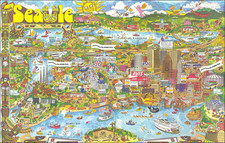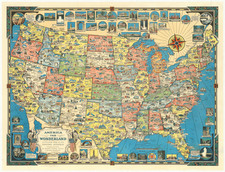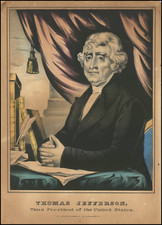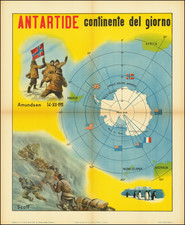The 1937 Bureau of Reclamation Map and Brochure
In 1937, the U.S. Department of Interior Bureau of Reclamation released an intriguing map and accompanying brochure. This publication was not just a display of geographical insight but a proclamation of the government's commitment to transforming the arid West into fertile, productive land, capable of sustaining life and contributing significantly to the country's economy.
The map pinpointed 53 reclamation projects spread throughout the West, with each project briefly described. These man-made endeavors turned barren lands into thriving oases, creating an impressive annual yield of crops valued at over $100 million. The impact of these projects went beyond just agriculture; they represented homes and livelihoods for around 900,000 individuals and boosted the economic underpinnings of the region.
Highlighted in the brochure were the vast outcomes of these reclamation efforts:
- An irrigation system spanning 3,000,000 acres.
- 50,000 farms benefiting from this irrigation.
- 250 burgeoning cities and towns.
- Infrastructure including 145 dams, 83 reservoirs, 20,000 miles of canals, and 200,000 irrigation structures.
- 23 power plants.
- Conservation of a staggering 60 million acre-feet of the West's invaluable water, serving purposes from irrigation to recreation.
But it wasn't just about numbers. The brochure painted a picture of the resilience and stability irrigation brought to the West, particularly in the face of environmental challenges. The 1936 drought had wreaked havoc on numerous regions, but those with adequate irrigation systems stood firm, as illustrated by the stark contrast between the 5% tax delinquency in counties with these systems compared to the 95% delinquency in adjacent areas.
Moreover, the economic benefits of irrigation transcended regional boundaries. Farmers in the irrigated West were significant consumers of products from the Middle West and East, spending an estimated 75% of their income on non-western products. The influx of goods—ranging from automobiles from Michigan, electrical goods from Pennsylvania, to foodstuffs from New York—into the West illustrated how deeply interconnected the American economy was. Irrigation in the West thus not only transformed the landscape but also fostered economic interdependencies that benefitted the nation as a whole.
In conclusion, the 1937 map and brochure by the Bureau of Reclamation were more than just informational tools. They were symbols of American progress, resilience, and unity, showing how strategic government interventions could transform landscapes, economies, and lives.














![[California] Honor Roll Foresters of America May 1, 1947 to May 1, 1948](https://storage.googleapis.com/raremaps/img/small/63016.jpg)

